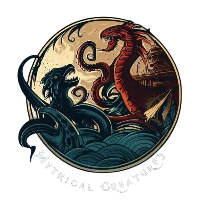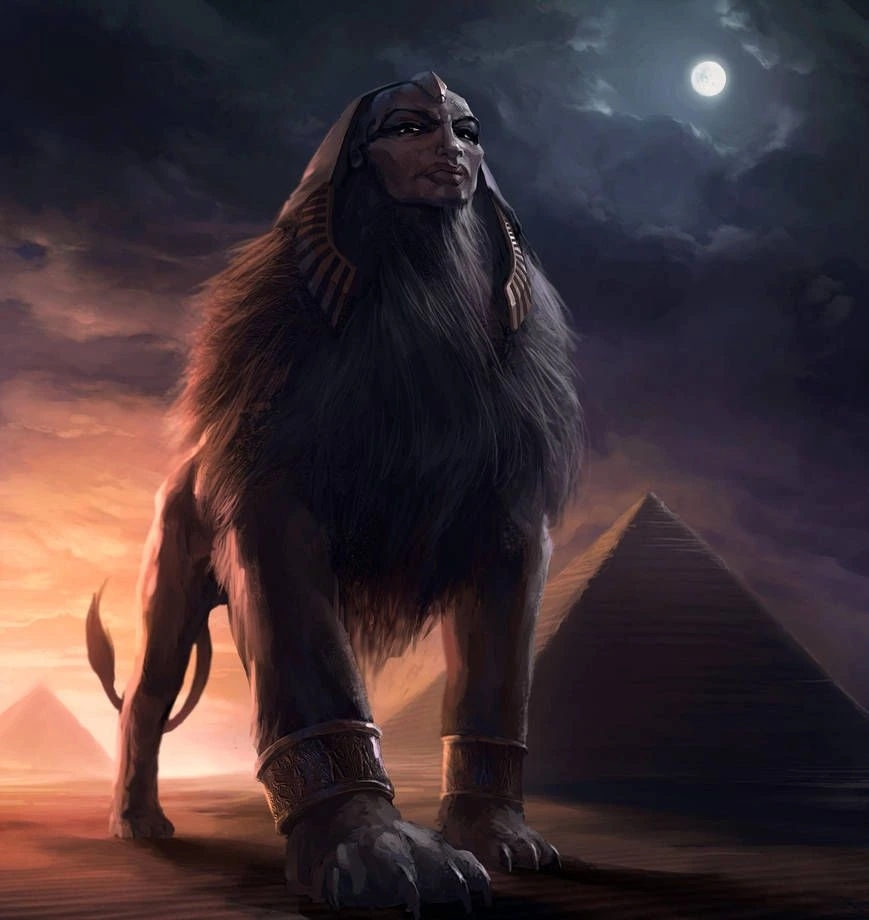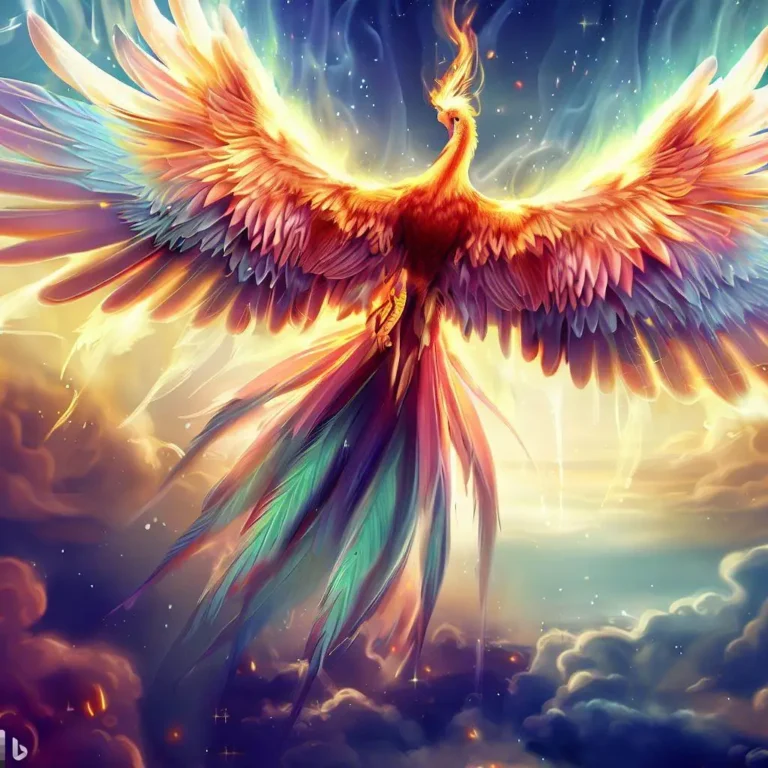Image credits:deviantart.com
The iconic Sphinx is one of the most recognizable creatures in mythology. With the head of a human and the body of a lion, this legendary beast has captivated imaginations for millennia.
This article explores the history, symbolism, and legends around the Sphinx across different ancient cultures. Discover how this mythical hybrid creature became such an enduring symbol of mystery and power.
What is the Sphinx?
The Sphinx is a mythical creature depicted in ancient cultures as having:
- The head of a human, often with a pharaoh’s headdress or female human face.
- The body of a lion, including the mane, limbs and tail.
- Sometimes bird wings extending from the back.
The most famous Sphinx monument is the colossal Great Sphinx of Giza in Egypt. But Sphinx imagery and mythology originated much earlier.
Sphinx Symbolism
Ancient Egyptian and Greek myths portrayed Sphinxes as omens, guardians, powerful deities, and dangerous mythological beasts. The Sphinx endures as an iconic mythical creature symbolizing ancient secrets and mysticism.
Origins and History of the Sphinx Mythical Creature
The earliest roots of the Sphinx trace back to ancient Egypt where massive Sphinx monuments were built thousands of years ago.
Ancient Egypt
The Egyptians carved Sphinx statues and depicted hybrid lion-human figures in temples, pyramids, tombs and other monuments. The great Sphinxes of Giza were built during the Old Kingdom around 2500 BC.
The Sphinx was associated with the sun gods like Ra and represented divine wisdom, power, and protection.
Ancient Greece
Ancient Greek myths described a female Sphinx who terrorized the city of Thebes by devouring citizens unable to answer her riddle. Legends tell how Oedipus finally defeated the Sphinx by solving the riddle, causing her death.
The Ancient World
Over time, Sphinx imagery spread throughout the Mediterranean and was adopted in Asian myths too. Sphinxes appeared widely in Middle Eastern, Indian, Cambodian, and other mythologies as guardians and mythical beasts.
So this iconic creature has origins stretching back thousands of years and still stirs the imagination today.
Physical Attributes
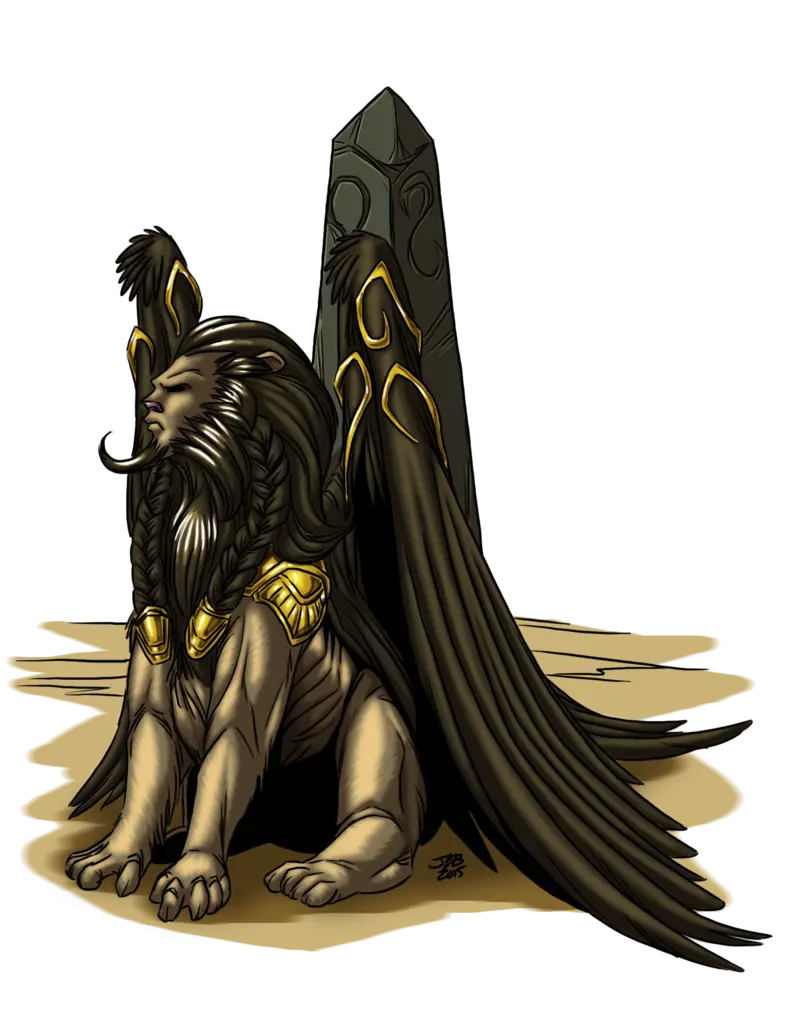
Image credits:deviantart.com
Sphinxes are most commonly depicted with a mix of human and lion physical features:
- Human head and face
- Often wearing a pharaoh’s headdress or crown
- Portrayed with female or male human face
- Intelligent, powerful gaze
- Lion body and limbs
- Muscular lion’s build
- Furry mane around the shoulders
- Clawed paws and feline tail
- Predatory strength and speed
- Wings extending from the back (frequently)
- Portrayed as bird wings allowing flight
The Great Sphinx of Giza stands an enormous 66 feet high and 241 feet long. But Sphinx size varies greatly across different myths and monuments.
The Sphinx in Legend
The Sphinx features prominently in the myths and folklore of many ancient cultures:
Greece
- In Greek tragedies like Oedipus Rex, the Sphinx devours citizens unable to answer her riddle until Oedipus defeats her.
- The Sphinx was said to be sent by the gods to punish the city of Thebes. Oedipus saving the city led to him becoming king.
Egypt
- Myths tell of secret tunnels beneath the Great Sphinx connecting to lost chambers and tombs.
- According to Arabian folktales, the Sphinx challenged many warriors with riddles, but was defeated by King Thutmose.
Around the World
- Ethiopian myth speaks of the great warrior queen Candace who took on the strength of a sphinx.
- Cambodian legends depict sphinx-like creatures called Vixen guarding temple sites.
- Indian mythology describes sphinx-like creatures adorning temples and relics.
So various cultural myths grant the Sphinx different legendary roles yet retain their wise, mysterious, and dangerous nature.
The Sphinx in Mythology
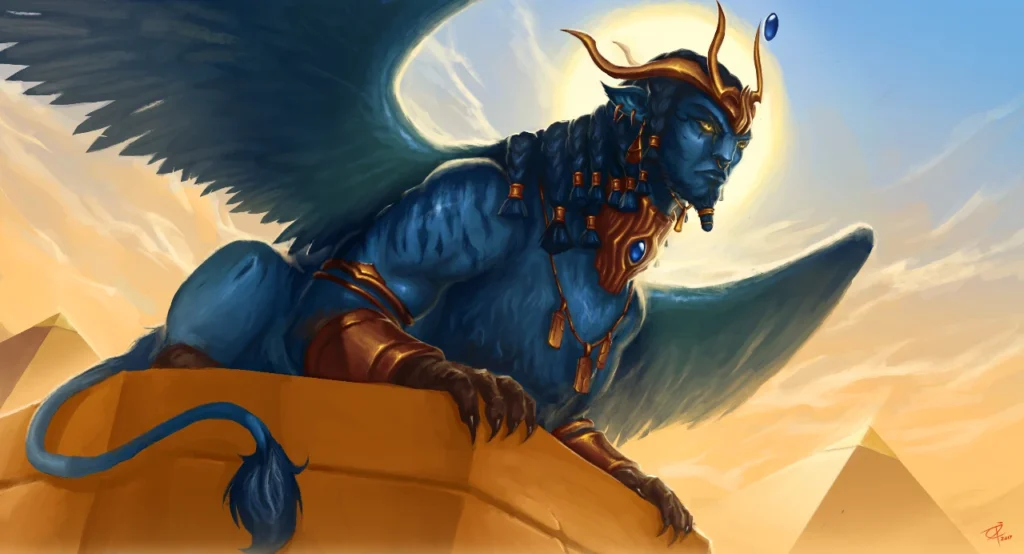
Image credits:deviantart.com
The Sphinx fulfills various powerful roles in the myths and religious symbolism of ancient cultures:
Egypt
- The Sphinx was linked to the Egyptian sun god Ra, representing his divine wisdom and punishing transgressors.
- Sphinxes adorned tombs and temples as guardians, protecting pharaohs and passages to the afterlife.
Greece
- The Greek Sphinx was sent by the gods to challenge citizens with her riddle and punish the unwise.
- defeating the Sphinx granted honor and rewarded wisdom in myths like the legend of Oedipus.
Meaning Across Cultures
- Symbol of royalty, divinity, wisdom, secrets, and mysticism
- Protector of the dead and sacred sites
- Dangerous and clever judge of mortals
- Hybrid form represents the balance of human intelligence and brute strength
So sphinx imagery conveyed fundamental symbolic meanings across many ancient belief systems.
The Great Sphinx of Giza
The most famous Sphinx monument in the world is the colossal Great Sphinx located near the Great Pyramids at Giza, Egypt.
The Great Sphinx dates back approximately 4,500 years to around 2530 BC. It is carved out of a single mass of limestone bedrock.
Some key facts about the Great Sphinx:
- 241 feet long and 66 feet high
- Depicts a male human head and lion body
- Possibly represents Pharaoh Khafre, the builder of the second-largest Giza pyramid
- Oldest known monumental sculpture from ancient Egypt
- Still inspires ongoing research, theories and mysteries today
The Great Sphinx of Giza endures as one of the most iconic masterpieces of ancient Egyptian art and architecture. The origins and meaning of this colossal monument still pose intriguing questions today.
Sphinxes in Popular Culture
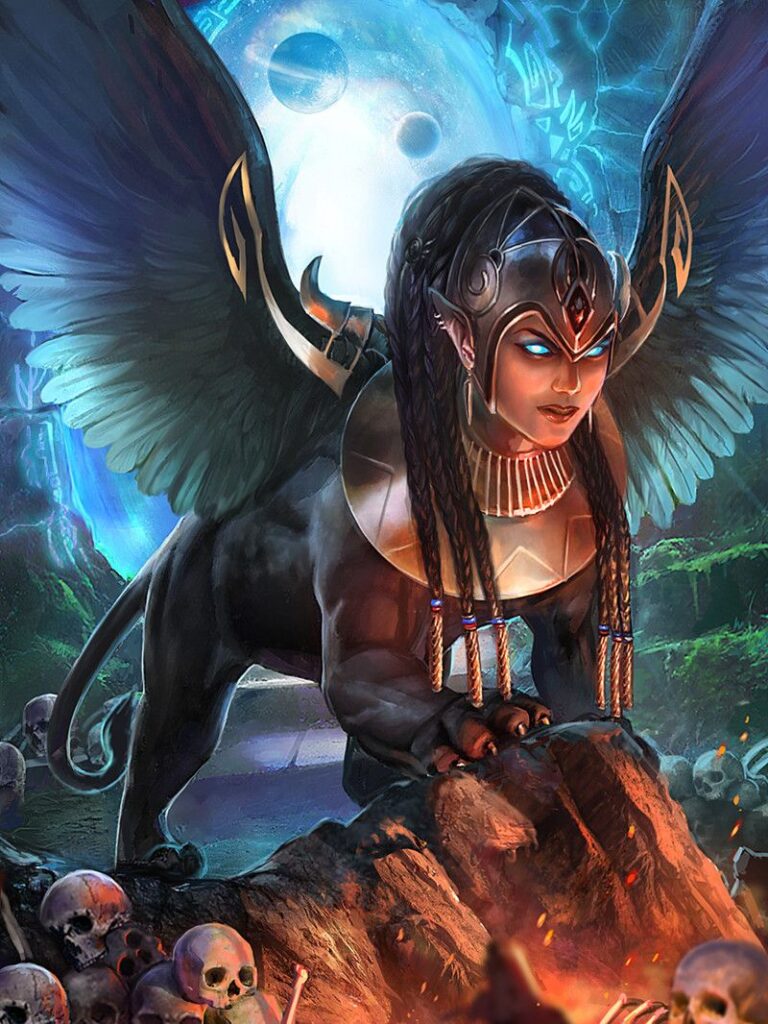
Image credits:deviantart.com
The mythical sphinx continues to captivate creative imaginations today:
- Sphinx characters appear in video games, movies, books, etc.
- Used in logos related to Egypt, mysteries and antiquity
- Conspiracy theories persist around the Great Sphinx
- Sphinx costumes and decorations remain popular for Halloween
- The Sphinx inspired names of places, books, songs and more
- Tarot decks feature the Sphinx in mystical divination cards
- Brands leverage the Sphinx to evoke exoticism and mystery
The Sphinx’s appeal continues to inspire new creative works and popular culture depicting this iconic mythical hybrid creature.
Frequently Asked Questions
What is the Sphinx?
The Sphinx is a mythical creature with the head of a human and the body of a lion.
When was the Great Sphinx built?
The Great Sphinx at Giza, Egypt was built around 2500 BC during the Old Kingdom period.
Does the Sphinx have a hidden chamber?
Many theories propose secret chambers inside the Great Sphinx, but none have been proven definitively. Excavations are restricted to protect the monument.
Was the Sphinx a man or woman?
Most sphinxes are depicted as male, but there are also legends of female sphinxes, like in the Greek myth of Oedipus.
How do you pronounce Sphinx?
The most common pronunciation is “sfinks”, rhyming with “jinx”.
Why was the Sphinx built?
It was built to commemorate Khafre’s father, Khufu, whose pyramid at Giza is known as the Great Pyramid.
Conclusion
The Sphinx stands out as one of the most enduring and fascinating mythical creatures.
Its lion and human hybrid form signified fundamental concepts like wisdom, divinity and power across many ancient belief systems.
This mythical beast continues to intrigue and inspire imagination today, reminding us of the mysteries still waiting to be unearthed from antiquity.
The ancient Sphinx monuments themselves remain iconic heralds of the genius, spirituality and mysteries of cultures past.
